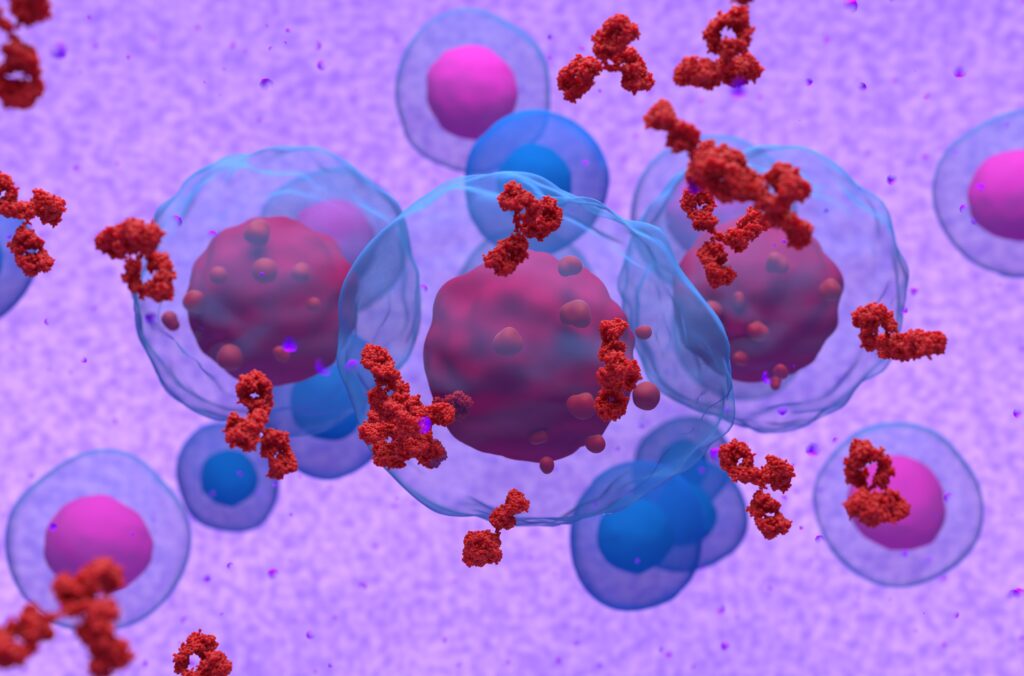
Bacterial vaginosis is a common condition that occurs when natural bacteria in your vagina become unbalanced. Some people may experience uncomfortable symptoms with bacterial vaginosis, such as itching and abnormal discharge, while others may experience no symptoms at all.
There are several treatment options available for bacterial vaginosis. If you’ve been diagnosed with the condition, consider speaking to a healthcare professional for help choosing the best treatments for you.
What Is Bacterial Vaginosis (BV)?
Bacterial vaginosis is a bacterial vaginal infection common in people of childbearing age. BV occurs when there is an overgrowth of bacteria in the vagina. Anyone with a vagina can get bacterial vaginosis.
PubMed estimates that the prevalence of BV in the United States is 29-49%. There are many treatment options available for the condition.
What Causes Bacterial Vaginosis?
The Centers for Disease Control and Prevention (CDC) notes that researchers do not know the exact cause of bacterial vaginosis. Bacterial vaginosis does occur more in those who are sexually active, and it’s not as common for those who aren’t sexually active to get BV.
The CDC also states that possible factors that increase your risk of getting BV include:
- Douching
- Not using condoms
- Having new or multiple sex partners
According to the CDC, it is the most common vaginal condition for women ages 15-44.
What Are the Symptoms of Bacterial Vaginosis?
Many people with bacterial vaginosis don’t have symptoms; according to the Cleveland Clinic, up to 84% of individuals with BV have no symptoms.
For those that do have symptoms, you may experience:
- Burning when you pee
- Abnormal vaginal discharge that may be off-white, green, or gray
- Vaginal discharge that may smell fishy
- Vaginal itching
- Vaginal irritation
While it is not a sexually transmitted infection, it is linked to sexual activity. If you notice that you’re having the symptoms of bacterial vaginosis, it’s essential to speak with a healthcare provider to confirm that diagnosis. The symptoms of BV can be similar to other conditions.
There are some risks associated with bacterial vaginosis. PubMed notes that people with BV are at a higher risk of contracting HIV, having a pre-term birth, contracting a sexually transmitted infection (STI), and having Pelvic Inflammatory Disease. Individuals with BV are also at risk for post-operative complications.
While antibiotics can help treat bacterial vaginosis, PubMed notes that one risk is a high recurrence rate of bacterial vaginosis following antibiotic treatment. A long-term cure to prevent multiple episodes of bacterial vaginosis is an area of further research.
Due to the higher risk of contracting other infections, treatment for bacterial vaginosis is necessary. BV can be treated and cured, and there are several options available for BV treatment.
How Is Bacterial Vaginosis Diagnosed?
When receiving a diagnosis of bacterial vaginosis, your healthcare provider will ask you about your symptoms and obtain a history from you. The Cleveland Clinic notes that to diagnose the condition, your doctor may perform a pelvic exam to look for signs of infection.
Your doctor may also take a sample of your vaginal discharge to view what bacteria is present. This is often done by sending a sample to a lab.
What Are the Treatment Options for Bacterial Vaginosis?
If you’ve been diagnosed with bacterial vaginosis, consider speaking with your healthcare provider about the best treatment options.
There are medication treatments that are effective for bacterial vaginosis. The World Health Organization (WHO) states that bacterial vaginosis can be treated and cured.
Treatment for bacterial vaginosis usually involves antibiotics, such as:
- Metronidazole
- Metronidazole Gel
- Clindamycin
- Clindamycin Gel
- Tinidazole
The WHO notes that bacterial vaginosis is best treated with the antibiotic Metronidazole.
Overview
Bacterial vaginosis is a bacterial vaginal infection common for people ages 15-44. There’s no exact known cause, but it does occur when there is an imbalance between good and harmful bacteria in your vagina.
There are some risk factors associated with BV that make treatment a necessity. Some people experience symptoms that are unpleasant to deal with, but for many people, they don’t experience any symptoms at all.
Bacterial vaginosis can be treated with antibiotics. If you have been diagnosed with bacterial vaginosis, talk with a medical professional for support and treatment recommendations.
Resource Links
- “Bacterial Vaginosis-CDC Basic Fact Sheet” via Centers for Disease Control and Prevention
- “Bacterial Vaginosis” via Cleveland Clinic
- “Bacterial Vaginosis” via World Health Organization
- “Bacterial Vaginosis: A Review of Approaches to Treatment and Prevention” via PubMed





